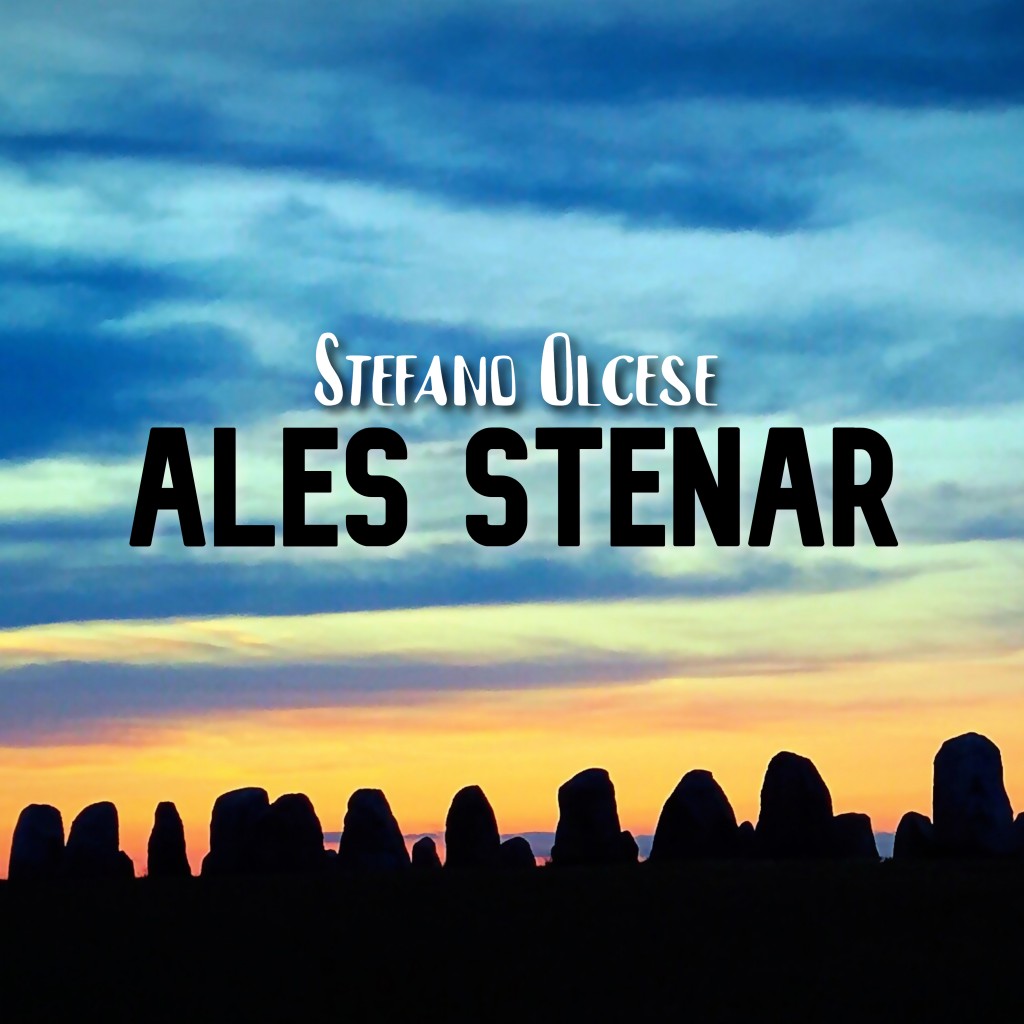I have been writing music since age 12, when I started studying piano. Notes just were popping up spontaneously in my mind.
We can all invent things, of any kind. My best skill in this sense is surely inventing new melodies. I never took any formal composition lesson, but I had a very good music teacher at school, Caterina Bertora Milanese, that listened to my own music. She suggested corrections, improvements, but she never imposed me anything: ”What if you add an F-sharp in that chord? Are you sure about that dissonance?” And so on ![]() Through her and through a massive amount of time devoted to reading and analyzing scores I have learnt the laws of harmony.
Through her and through a massive amount of time devoted to reading and analyzing scores I have learnt the laws of harmony.
I never really dared to take it too seriously, I guess I was just lacking self-confidence. Then opera singing became my passion and my work and for long years I did not write a single note.
Then, a few years ago, during a road trip through Skåne, the Swedish southernmost region, I landed in a quite famous tourists’ destination: Ales Stenar, a sort of viking Stonehenge. It was cloudy, cold and windy, but somehow beautiful. And there, surrounded by those mysterious gray stones, walking on the cliffs above the Baltic Sea, a beautiful melody came to my mind. Just 8 bars. As it should be. I was happy and proud of that melody, on the spot. Once back home I immediately wrote a sketch for piano and a few days later I played it to a dear friend of mine, a very talented Swedish violinist, Anders Hjortvall. He was enthusiastic. “This is a violin melody Stefano! Think about it ![]() ” he added. And he was damn right! Those 8 bars were the seed of the first movement, Skåne.
” he added. And he was damn right! Those 8 bars were the seed of the first movement, Skåne.
Yet, I had the feeling that something was missing, that a continuation was needed. Also, I was not being fair to Ales Stenar, where everything began. So I recently wrote four additional movements and entitled the whole composition Ales Stenar. I called it a suite for violin and chamber orchestra because to me it’s certainly a quite free-flowing music, deeply inspired by Swedish landscapes and nordic atmospheres, but still, all five movements have an inner coherence and a reciprocal connection.
Next year Ales Stenar will be officially performed in front of a public audience. In the meantime a recording made at Malmö Opera in 2020 is now available on major streaming platforms (Spotify, Deezer, AmazonMusic and son on) for all of you who are curious about it and willing to listen: https://share.amuse.io/album/stefano-olcese-ales-stenar-suite-for-violin-and-chamber-orchestra.
You can also find a few YouTube links here on my website.
Anders Hjortvall, solo violin
Kersti Gräntz Dahlkvist, violin 1
Joakim Zetterqvist, violin 2
Allan Jonasson, viola
Ulrika Mårtensson, cello
Magdalena Entell, double bass
Théophile Hartz, oboe
Lydia Holmlund, clarinet
Alexandru Ioan Chirica, bassoon
Jonas Samuelsson, conductor
Joel Bexelius, sound engineer
The beautiful cover picture of Ales Stenar is by the photographer Stefan Petersén.
